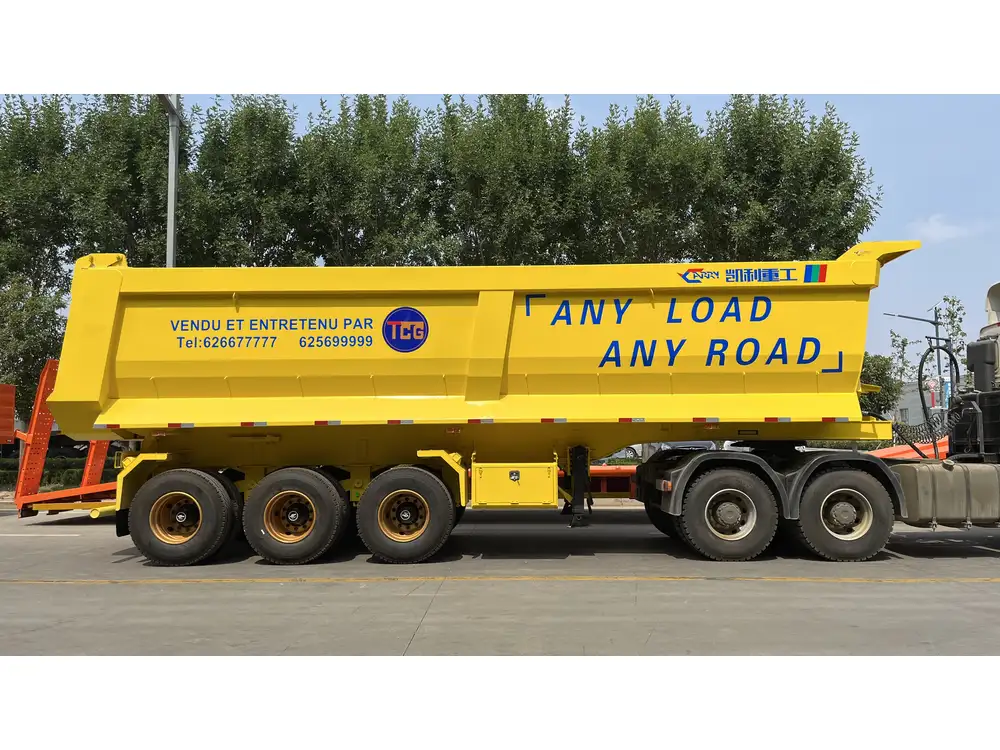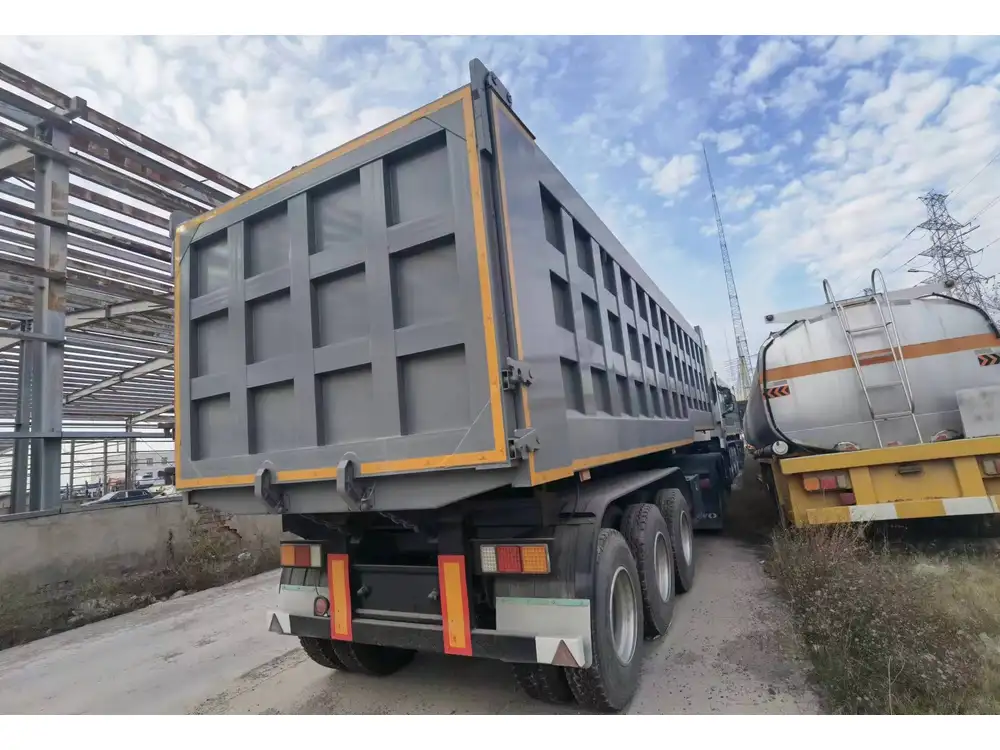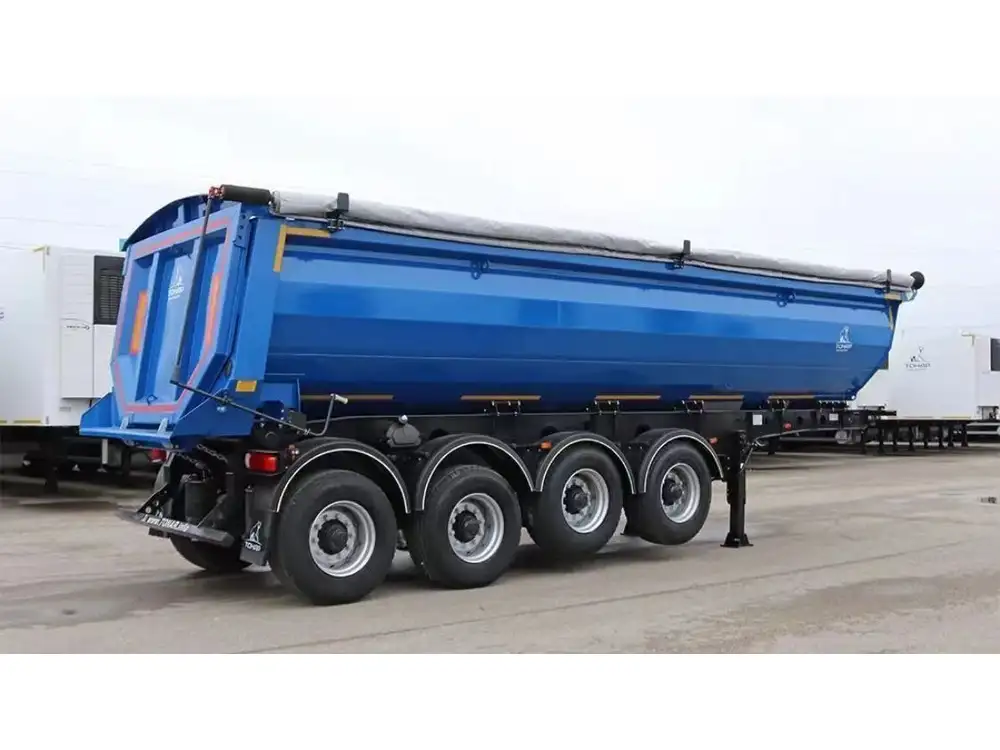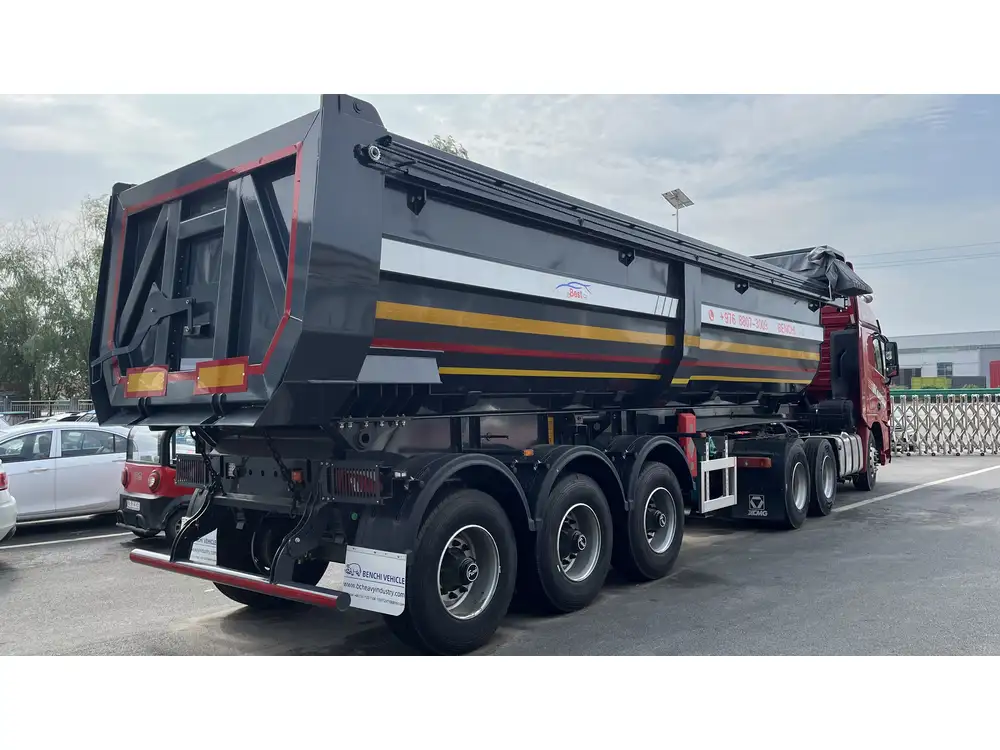When we delve into the realm of semi-trailers, especially flatbed variations, there are innumerable variables influencing design, functionality, and usage. The specific query—how high is a flatbed semi trailer—might seem straightforward but entails a comprehensive exploration of standards, regulations, and practical applications. Here, we break down the factors that dictate the height of flatbed semi-trailers, addressing user intentions and demystifying common concerns.
1. Standard Height Measurements
The height of flatbed semi-trailers generally ranges between 13.5 to 14 feet from the ground to the top of the structure. This measurement can vary based on several design aspects, including the construction materials and the intended cargo type.
To better understand these specifications, refer to the following table:
| Flatbed Type | Height (Feet) | Features |
|---|---|---|
| Standard Flatbed | 13.5 – 14 | Most common, accommodates a range of cargo types. |
| Low-Profile Flatbed | 12 – 13.5 | Designed for heavier loads, closer to the ground. |
| High-Profile Flatbed | 14 – 15 | Used for specific applications requiring extra height. |
1.1 Legal Regulations
In the United States, the Federal Highway Administration outlines specific regulations regarding vehicle heights on public roads. Flatbed semi trailers, as integral parts of freight transport, must adhere to these regulations to avoid penalties and ensure safety:
- Maximum Legal Height: Typically capped at 13.5 feet for most states.
- Height Exceptions: Some states permit up to 14 feet in certain circumstances, particularly for agricultural or construction-related transport.

2. Factors Influencing Flatbed Height
Understanding the determinants of flatbed semi-trailer height assists in optimizing your freight transport strategies. Several critical factors come into play:
2.1 Load Type and Distribution
The nature and distribution of the load heavily influence the choice of trailer height. Considerations include:
- Weight: Heavier loads might necessitate a lower profile to maintain stability during transport.
- Shape: Oversized items may require specific trailer configurations to ensure effective transport while complying with legal height constraints.
2.2 State Regulations and Compliance
Variations in state regulations can lead to adjustments in maximum permissible heights. For businesses operating across state lines, understanding local laws is crucial to ensuring compliance:
- Permits: Certain loads exceeding height limits require specific permits and escorts during transportation.
- Height Restrictions: Municipalities may impose additional regulations for safe passage through low-clearance areas.

2.3 Trailer Features and Design Innovations
The design of the semi-trailer itself influences its height. Innovations in the industry include:
- Adjustable Ramps: Some flatbeds feature adjustable ramps, allowing flexibility to accommodate various cargo sizes.
- Removable Side Rails: Increasing load versatility can sometimes lead to modifications that result in height adjustments.
3. Practical Applications: Why Height Matters
3.1 Transporting Diverse Cargo
The height of a flatbed trailer significantly impacts its operational capabilities:
- Construction Materials: When hauling lumber or sheets, height must be sufficient to accommodate the items laying flat.
- Machinery Transport: Moving heavy machinery often requires consideration of height to avoid striking overhead obstacles.

3.2 Impact on Towing and Maneuverability
A taller flatbed can affect towing dynamics and vehicle stability:
- Aerodynamic Considerations: Increased height can influence drag and fuel efficiency, impacting overall operational costs.
- Maneuvering Capabilities: Understanding the height limits aids drivers in navigating tight turns and low-clearance areas efficiently.
4. Recommendations for Buyers and Operators
4.1 Choosing the Right Flatbed Type
When selecting a flatbed semi trailer, consider the following criteria:
- Cargo Requirements: Match the height and design to anticipated loads.
- Regulatory Compliance: Ensure your selected model adheres to legal restrictions for the states in which you’ll operate.

4.2 Maintenance Considerations for Optimal Performance
Regular maintenance ensures safety and efficiency. Key areas to focus on include:
- Inspection of Height-Related Features: Including vents, lights, and any adjustable components.
- Weight Distribution Analysis: Regularly assessing load distribution is crucial to prevent accidents or damage.
5. User Concerns and FAQs
5.1 What Happens If I Exceed Height Limits?
Exceeding legal height limits can result in hefty fines and safety hazards. It’s crucial for operators to:
- Secure Permits: For oversized loads, ensure you obtain necessary permits.
- Install Load Markers: Clearly marking height can help avoid hazards on the road.

5.2 How Can I Ensure My Cargo Fits?
Before loading, always assess:
- Height Clearance Check: Measure both the load and the trailer height to confirm compliance.
- Use of Load Planning Tools: Many logistics companies provide software to optimize cargo placement.
6. Conclusion
In conclusion, understanding how high a flatbed semi-trailer is encompasses more than mere measurements. It includes a nuanced appreciation of design, regulatory compliance, and practical applications in transportation. Whether you are a logistics manager, a truck driver, or a fleet operator, grasping the intricacies of flatbed trailer height will enhance your operations and ensure a smoother workflow.
By focusing on efficiency, compliance, and cargo specifics, we can ensure optimal transport solutions that meet both industry standards and customer satisfaction. For tailored solutions and more information, reach out to leading manufacturers who can guide you in selecting the most suitable flatbed trailers for your operational needs.



